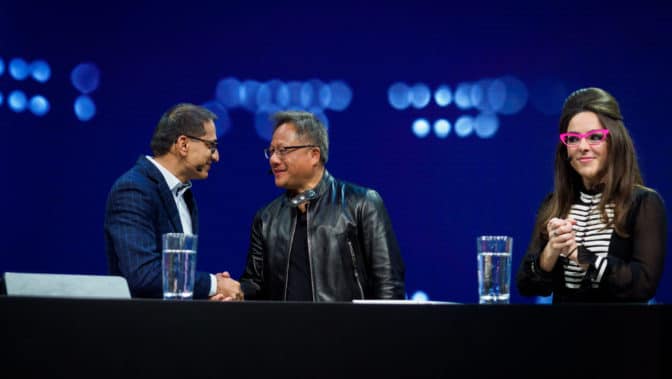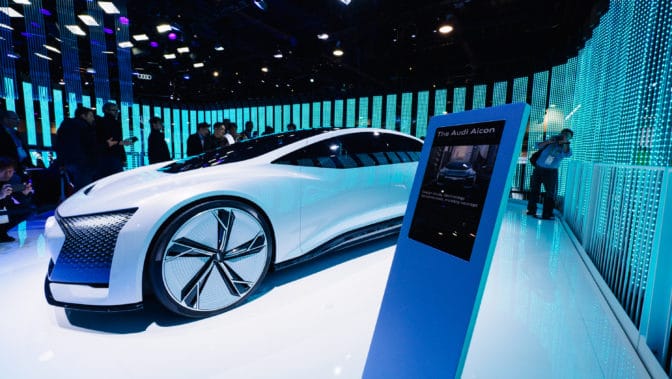Road-ready advanced autopilot systems, intelligent cockpits and highly accurate map localization platforms wowed the crowds this week at CES in Las Vegas.
At the core of each of these cutting-edge technologies is the high-performance, energy-efficient compute of NVIDIA DRIVE.
To kick off the show, ZF and Continental announced premium, Level 2+ automated driving systems using the just-launched NVIDIA DRIVE AutoPilot. The global suppliers are leveraging AutoPilot to deliver an AI-powered automated driving solution going into production next year.
“We’re putting our focus into making the next generation of mobility a reality,” said ZF CEO Wolf-Henning Scheider.
Mercedes-Benz and NVIDIA outlined their plans for next-gen AI cars. To create these software-defined vehicles, the companies will write the software for today’s requirements, anticipate software for tomorrow’s needs and build the computing architecture to enable it.
“We are working on a total other different technology together with NVIDIA to use AI in our products to lead the way in today’s megatrends,” said Sajjad Khan, executive vice president at Mercedes-Benz.

Automated Driving for Today
As the industry progresses toward fully autonomous vehicles, automakers and suppliers are implementing current technology to deploy safe automated driving systems for today’s vehicles.
Audi, displaying its next-generation autonomous vehicle concept, the AICON, said its ZFAS automated driving system, built on NVIDIA DRIVE, is a key part of improving road safety in the near term.

Audi also joined NVIDIA and other companies such as Waymo, Zoox and Toyota this week in an autonomous vehicle education and safety initiative called PAVE (Partners for Automated Vehicle Education). The collaboration, in coordination with the National Safety Council, will work to ensure the safe deployment of self-driving cars, as well as launch comprehensive consumer education programs.
This follows news late last year, when Volvo announced that it was integrating Level 2+ automated driving systems built on NVIDIA DRIVE AGX Xavier in its upcoming vehicles. The partnership gives Volvo the flexibility and capability to implement a wide range of AI and safety features into all of its next-gen production cars.
“NVIDIA is the best choice because it allows us to bring a lot of our security functionality and sensors systems to the core computer, and really amp up the safety of the car,” said Ödgärd Andersson, vice president of Electrics, Electronics and Chassis at Volvo, during an interview at CES.
Helping Autonomous Vehicles Find Their Place in the World
In addition to the major technology announcements of DRIVE AutoPilot and DRIVE Software 8.0, NVIDIA introduced its DRIVE Localization solution at CES. The platform uses the work of our mapping partners to enable a vehicle to pinpoint itself within centimeters on the road, all over the world.
With the highly detailed HD maps provided by HERE, DRIVE Localization is able to achieve industry-leading precision. This is a key component for safe autonomous vehicles.
“If you think about a self-driving car, it’s got to do things that humans take for granted, which requires just an incredible amount of compute power,” said Sanjay Sood, vice president of Highly Automated Driving at HERE. “GPUs are perfectly suited for this type of parallel, high-speed processing.”
TomTom, another DRIVE Localization partner, demonstrated the capabilities of its system at its CES booth. The wide scope of the company’s HD maps makes it possible for localization to occur on a range of roads.

Automakers can leverage the mass-market, cost-effective DRIVE Localization solution in vehicles now for all levels of automation.
To learn more about the innovative technologies NVIDIA partners showcased at CES this year, check out the video below.
